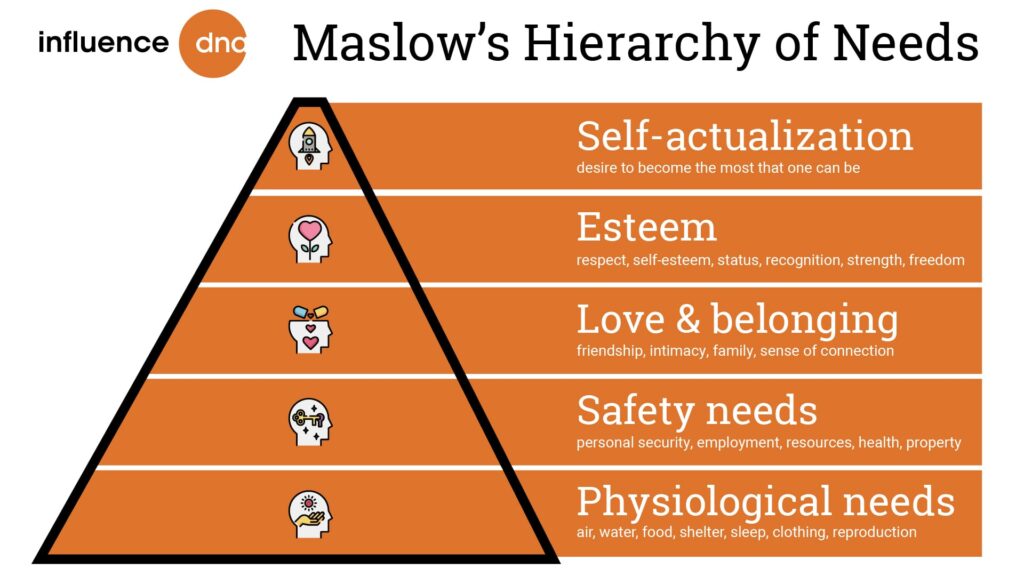The Value of Praise: Creating a Positive Feedback Loop
Harvard Business Review conducted a survey and most managers are aligned – they self-report that they give “honest, straightforward feedback.”
Even better, 63% give some sort of positive feedback from time to time.
But, if your idea of positive feedback is the slices of blow-softening bread holding together the dreaded feedback sandwich, well I’m afraid that doesn’t quite cut the mustard.
The truth is, many managers are great at providing direct feedback when it comes to constructive criticism, critiquing or adjusting work that staff produce, but they aren’t so great when it comes to direct positive feedback – praise for praise sake only!
Read on to explore why most of us tend to fail at praising and why we can all benefit from being more praiseful.
Why we struggle
For many of us, giving praise can feel uncomfortable.
While praising someone might sound easier than having a difficult conversation, challenging conversations are ones we have to have.
Praise often feels a lot less urgent or optional. When it comes to what is “praiseworthy” vs. “meeting expectations” the lines are blurred.
If you’re in a leadership role you might feel that handing out a compliment makes you vulnerable or that praise could disturb the power dynamics of your relationship.
For some of us, offering words of encouragement can feel stilted. Giving compliments may not come natural to you depending on how you were raised or what mentors and leaders guided you throughout your career.
Why we need to get it right
You’ve probably heard the old adage, “people don’t leave companies, they leave managers.”
While not a universal truth, there are plenty of surveys and studies done to know that this is often the case.
The good news is that as a leader you’re in the driver’s seat to create real positive change for your team and encourage them to not only stay, but to thrive.
Praise is a motivator
Offering praise is about more than reinforcing good behavior for the manager’s sake (though it does do that)! It’s about building employee motivation and retention.
In fact, praise is probably the most cost-effective tool you have in your toolkit – it costs nothing and is a powerful motivator.
Managers who have successfully brought praise and generosity into their workplaces have found that their teams are more engaged, unified and work harder.
Praise is a reason to stay
Employee recognition ranks high in the issues list on many employee surveys.
According to Deloitte, recognition is a top-three non-monetary factor for employee retention.
The reason is simple – more than money and other extrinsic rewards, people are looking for meaning and belonging (you may remember this from the top three sections of our good friend Maslow’s hierarchy of needs – Self-actualization, Esteem, Love and belonging).

When you offer praise to your employees, they understand that their work has meaning, that they make a difference.
It feels good to succeed. Receiving praise lights up those dopamine centers and builds a desire to keep performing. All of this leads to a growth mindset for your employees – believing their actions and attitudes are what can lead to opportunities, which opens up learning and development.
How to create a culture of gratitude
Incorporating praise into your team dynamic is more than just saying “thanks” or calling out a team member during the next meeting.
Before you begin handing out any gifts of gratitude, there are some important things to keep in mind to make praise “stick” and some important pitfalls to watch out for.
- Be Sincere – you can’t just go handing out praise willy-nilly. If your praise is forced, or insincere, it will totally undermine your credibility with the team and make that hill even harder to climb later. If your praise is not deserved, that doesn’t help the employee receiving it learn anything positive (it could even reinforce bad habits).
- Be Specific – “Great job!” doesn’t tell the employee much about what to do next time. When you provide positive feedback, you need to explain what they did that was so great. Afterall you’re trying to reinforce specific behaviors! Bonus points if you tell them why it matters!
- Be Fair – Make sure your praise matches the level of the accomplishment being praised. You also need to make sure that your praise is consistent and equitable. We want to celebrate wins and build unity, not build resentment and one-upmanship. It is important not to focus your praise on one or only a few employees – everyone does great things sometimes, make sure you catch those!
- Make it Meaningful – Giving praise is a great opportunity to really connect with your team on an individual basis. Get to know their hobbies and what they like, then for big accomplishments you can leave them a thoughtful thank you card and a unique gift that speaks to their individual interests. This is a chance to create true joy for your team and build lasting connections.
- Build Momentum – To foster an environment where employees engage in praise and create a positive feedback loop of engagement, they need to be given a way to give praise back. For hybrid or virtual teams, why not create “gratitude teams” or a Slack channel where they can give shoutouts to each other. For in-house teams, make inviting team members to share kudos part of your regular team meetings. This type of praise let’s everyone get in on the celebration.
Now you’re ready to get out there and make praise a part of your team!
With a little practice you can get the ball rolling and watch a few thoughtful words turn into a culture of generosity.
Interested in learning more about the power of generosity, connection and reciprocity?
Contact me here, or send me a DM on LinkedIn.





